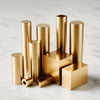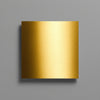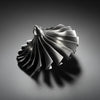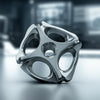CNC Machining Materials Guide: Bronze Alloys
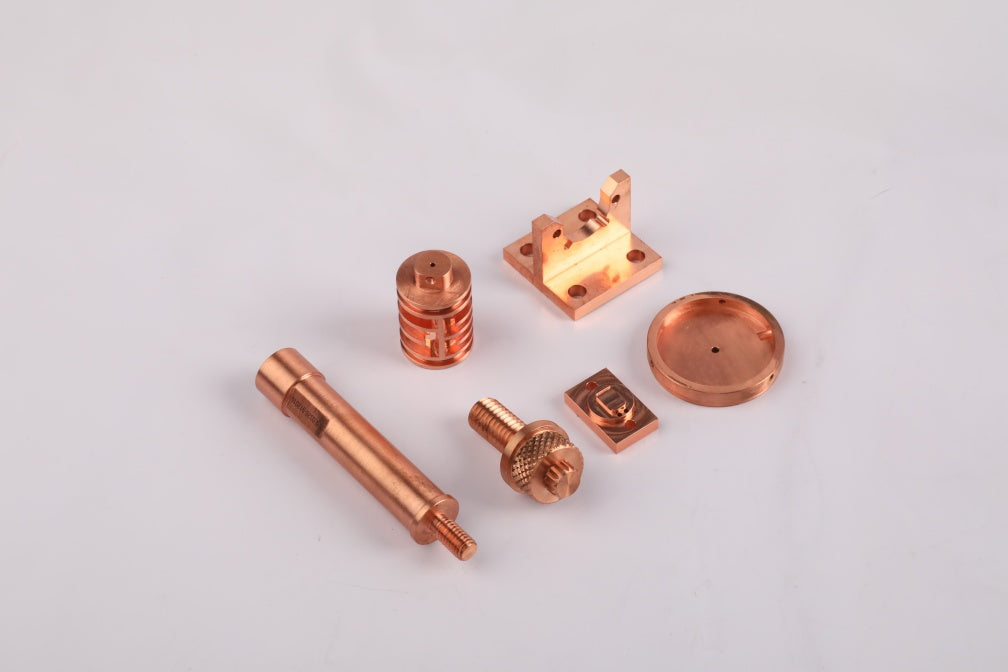
Bronze, one of humanity's earliest alloys, first emerged around 3000 BC in Mesopotamia. A large bronze cleaver with a lion engraving from the Sumerian civilization is a classic example of early bronze work. While iron later offered greater strength for many tools, bronze alloys – like Phosphor Bronze, Aluminum Bronze, and Tin Bronze – remain indispensable in modern industries such as aerospace, automotive, bearings, and electronics due to their exceptional combination of properties.
Today, CNC machining is the primary method for producing high-precision components from these versatile bronze alloys.
Understanding Bronze Alloys: Properties and Machinability
Phosphor Bronze (e.g., C5111, C5191)
Composition: Primarily copper (Cu) with 2-8% Tin (Sn) and 0.1-0.4% Phosphorus (P).
Key Properties & Analogy: Think of Phosphor Bronze as the acrobat of bronzes: it's not always the absolute strongest, but it's incredibly reliable, resilient, and flexible. It offers an excellent balance of:
-
High Fatigue Strength: Resists wear and failure under repeated stress cycles.
-
Excellent Elasticity: Springs back to its original shape after deflection.
-
Good Corrosion Resistance: Performs well in various environments.
-
Fine Machinability: Generally produces small, broken chips, leading to good surface finishes.
Applications: Its spring-like qualities make it the go-to material for electrical components and precise mechanical parts:
-
Electrical connectors (computer, mobile phone)
-
Springs, switches, and contacts
-
Terminals, lead frames, and bellows
-
It's even used for the reeds in harmonicas!
Aluminum Bronze (e.g., QAL9-4, QAL10-4-4)
Composition: Copper (Cu) alloyed with Aluminum (Al) (typically 7-11%), often with Iron (Fe) and sometimes Nickel (Ni) or Manganese (Mn).
Key Properties & Analogy: This is the bodybuilder of the bronze family – exceptionally strong, hard, and wear-resistant. Key traits include:
-
High Strength & Hardness: Often the strongest copper-based alloy.
-
Superior Wear Resistance: Excellent for parts under heavy friction.
-
Outstanding Corrosion Resistance: Particularly resistant to seawater, acids, and oxidation at high temperatures. Much better than many steels in harsh environments.
-
Fair Machinability: Tougher to machine than phosphor bronze; requires robust tools and rigid setups due to its strength and tendency to work harden.
Applications: Used where strength and wear resistance in corrosive environments are critical:
-
High-strength bearings, bushings, gears, and worms
-
Valve components, pump parts, and marine fittings
-
Flanges, heavy-duty nuts, and bolts
Special High-Strength Aluminum Bronze (with ~11.5-15% Al) offers strength comparable to alloy steels and is used for highly stressed structural and传动件 (transmission) components, even in applications like high-speed train gear systems.
Manganese Bronze (e.g., QMn5)
Composition: Primarily copper (Cu) with around 4.5-5.5% Manganese (Mn) and small additions of other elements.
Key Properties: This alloy is known for maintaining its integrity under pressure and heat.
-
Good Strength and Plasticity: Can be worked easily both hot and cold.
-
Good Corrosion Resistance:
-
High Thermal Strength: Retains its mechanical properties at elevated temperatures (up to ~400°C / 750°F).
Applications: Its historical and modern uses leverage its high-temperature performance:
-
Steam engine parts and boiler fittings
-
Steam valve components
-
Various high-temperature corrosion-resistant parts
Tin Bronze (e.g., QSn4-3, QSn6.5-0.1, ZQSn10)
Composition: Copper (Cu) with 3-14% Tin (Sn), often with additions like Phosphorus (P), Zinc (Zn), or Lead (Pb). This is the classic "bronze" of antiquity.
Key Properties & Analogy: Imagine Tin Bronze as a versatile veteran – it's been around for 4000 years for good reason. It offers a reliable, well-rounded set of properties:
-
Excellent Corrosion Resistance: Outstanding resistance to atmosphere, seawater, fresh water, and steam.
-
Good Wear Resistance:
-
Good Machinability (especially leaded versions).
-
Low Friction Coefficient:
-
Impact does not generate sparks – a critical safety feature.
-
Casts with minimal shrinkage, allowing for complex shapes.
Types:
-
Wrought Tin Bronzes (e.g., QSn6.5-0.1): Lower tin content (<8%). Supplied as sheet, strip, rod, or bar. Can be cold-worked to increase strength/hardness or annealed to improve plasticity and achieve high elastic limits. Used for corrosion-resistant/anti-magnetic components, springs, and sliding bearings.
-
Cast Tin Bronzes (e.g., ZQSn10-1): Higher tin content (10-14%). Used for cast shapes like bearings and gears where complex geometry is needed but absolute density is less critical.
Applications:
-
Steam fittings and marine components
-
Bushings, bearings, and gears
-
Springs and other elastic components
-
Architectural fittings and art castings
Beryllium Copper (BeCu, e.g., QBe2, QBe1.9)
Composition: Copper (Cu) alloyed with 1.5-2.5% Beryllium (Be) and often small amounts of Nickel (Ni) or Cobalt (Co).
Key Properties & Analogy: This is the Formula 1 car of copper alloys – an ultra-high-performance precipitation-hardening alloy. Its properties are transformative after heat treatment:
-
Exceptional Strength & Hardness: The highest strength of any copper-based alloy after heat treatment (can exceed 1380 MPa / 200 ksi Ultimate Tensile Strength).
-
High Elastic Limit: Excellent spring properties, stability, and minimal elastic lag.
-
High Fatigue Strength:
-
Good Thermal & Electrical Conductivity (for a high-strength alloy).
-
Non-Sparking & Non-Magnetic: Essential for safety in explosive environments (e.g., oil & gas, mining tools) and electronics.
-
Excellent Wear Resistance:
-
Caution: Beryllium oxide dust generated during machining is toxic if inhaled. Requires controlled machining conditions (e.g., wet machining, ventilation).
Heat Treatment: Achieves its remarkable properties through a two-step process: 1) Solution Annealing (softens the alloy), followed by rapid quenching, then 2) Age Hardening (precipitates strengthen the material).
Applications: Used where supreme performance, reliability, and specific safety properties are required, justifying its higher cost:
-
High-performance springs, diaphragms, and bellows
-
Precision bearings and wear plates in aerospace applications
-
Non-sparking safety tools (wrenches, hammers)
-
High-reliability electrical connectors, contacts, and relays
-
Injection molding cores and cavities
-
Posted in
COPPER

